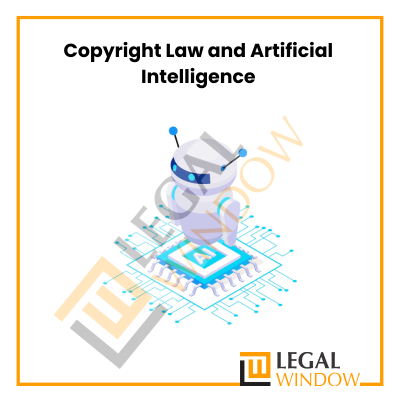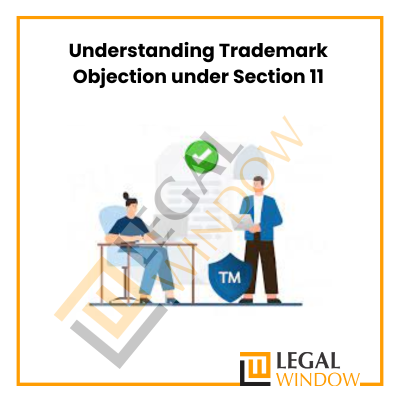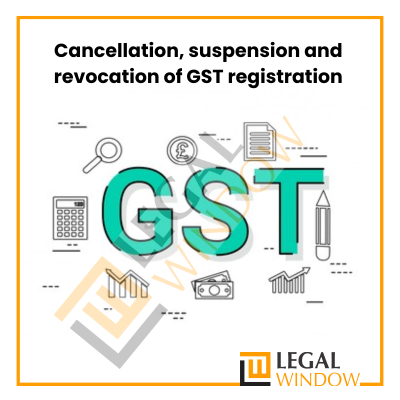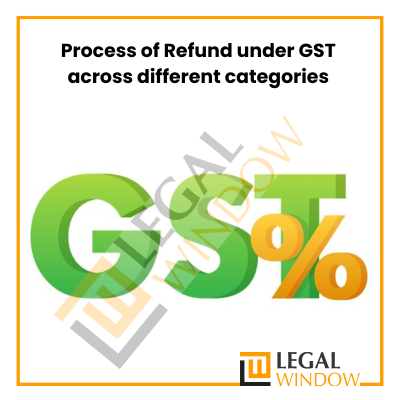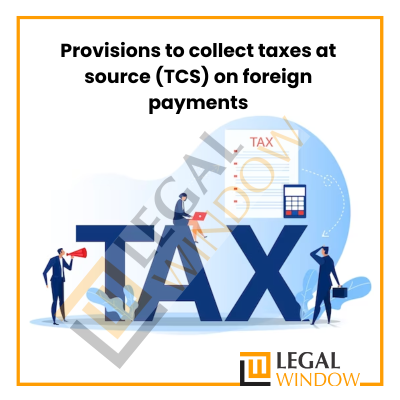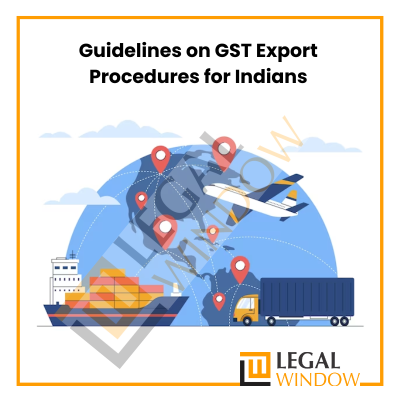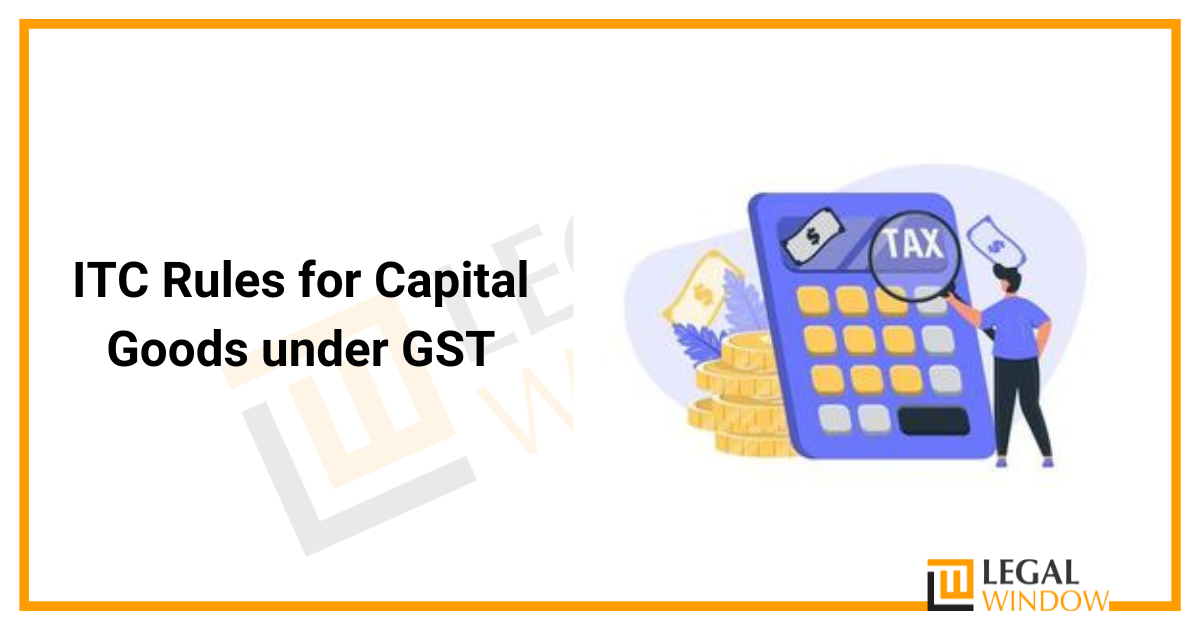 Input Tax Credit (ITC) reversal calculations, input tax credit availability and non-availability calculations, and input tax credit calculations for capital under GST each have their own unique special rules. Additionally, capital items that are utilized for both taxable and exempt deliveries are given special treatment. In this article, we examine the application of the GST’s input tax credit for capital goods in further depth, as well as the GST’s Input Tax Credit calculations. In this article we’ll discuss about ITC Rules for Capital Goods under GST.
Input Tax Credit (ITC) reversal calculations, input tax credit availability and non-availability calculations, and input tax credit calculations for capital under GST each have their own unique special rules. Additionally, capital items that are utilized for both taxable and exempt deliveries are given special treatment. In this article, we examine the application of the GST’s input tax credit for capital goods in further depth, as well as the GST’s Input Tax Credit calculations. In this article we’ll discuss about ITC Rules for Capital Goods under GST.
Meaning of Capital Goods as per CGST Act, 2017
According to the terms of section 2 (19) of the CGST Act, “Capital goods” are defined as things that are utilized or intended to be used in the course or advancement of business and whose worth is capitalized by the person claiming the input tax credit’s books of accounts.
Capital goods are regarded as items that assist in creating finished goods and preparing them for shipment. Many capital goods items use longer than one year. As a result, the cost may not apply as a business expense for the current year, and the deduction happens at set product usage lifetimes. Capital assets help the business or sector by generating goods.
Consider the scenario where a seller runs a juice stand. The vendor purchases fruits, ice cubes, sugar, cups, straws, furniture, and other necessities to make the juice. But the merchant uses a blender to prepare the juice. The liquid is the finished product, and the blender qualifies as a capital good.
Difference between Capital Goods & Other Inputs
Goods utilized to create a finished product are known as input goods. In other words, input goods are many items combined to create a finished good. It may also be regarded as a component of the product’s manufacturing process. The price of making these raw items qualifies as a business expense.
Take this as an example. In your oven, a cake is baked. Ingredients including eggs, water, flour, and butter are added. These are your contributions. The end result is the cake. The essential item that aids in cake preparation is the oven. Inputs are used to create the finished product and are seen as manufacturing costs by businesses.
When a completed product is created, capital goods are not used. They are not used up in the first year they are produced. They cannot, therefore, be totally written off as a business cost in the year of purchase. Instead, during the duration of their useful life, they are devalued. Each year, the company recognizes a portion of the cost using accounting procedures such as depreciation, amortization, and depletion.
What is Credit on Capital Goods?
GST is a tax that must be paid on all purchases. The GST you paid on your purchases can later be claimed as an input tax credit. Similar to this, you will pay the appropriate GST rate when you buy any machinery for your factory. Similar to inputs, this GST paid may be claimed as a credit. In contrast, you cannot claim an input tax credit if you depreciate the GST you paid while buying the capital item.
Concept of Common Credit
A lot of times, businesses employ the same resources and inputs for both company and personal purposes. For instance, Ms. Anita works as a freelance blogger and designer. She owns a laptop that she uses for both personal and freelance business. Only to the degree that it relates to her freelancing company may she claim the input credit for the GST paid on the laptop purchase. Additionally, Ms. Anita invested in specialized design software. She is eligible to collect the entire ITC on this as it exclusively relates to her business.
Importance of Common Credit
ITC is only offered for commercial use. The same inputs are used by many traders for both professional and personal purposes. Taxpayers are not permitted to deduct personal costs from their taxes. Once more, products that are exempt from GST already pay 0% GST.
ITC claims for inputs used in certain exempt items are not permitted since doing so would result in negative taxes. ITC on inputs for exempted items would thus be eliminated as well.
You can compute the common credit that is related to personal supplies and exempted supplies using the following methods, leaving just the fraction that relates to taxable sales. Only that sum is eligible for ITC claims. When submitting GSTR-3B, the credit related to personal and exempt supplies must be reversed.
Input Tax Credit on Capital Goods
All individuals who have registered for the GST are permitted to get input tax credits, according to Section 16 of the CGST Act (ITC). The registered person is eligible to use the ITC for company expansion or other related reasons. When purchases of capital items are made solely for business use, and when GST’s input tax credit is applicable. The taxpayer must document the business transaction when completing the GST return in order to receive the input tax credit for capital goods.
However, capital goods used exclusively for making exempt supply and capital goods used exclusively for personal use are not eligible for input tax credits on capital goods purchases.
The taxpayer is not eligible to claim an input tax credit for the provided goods if GST is applied at a zero rate. This will also apply to things that are excluded. In light of this, the taxpayer may only claim an input tax credit for capital goods provided they qualify as taxable sales and are made to the person listed in the books.
Use of Capital Goods for both Personal Use and Exempt Sales
The use of capital goods for exempt sales and private usage is explained by the examples below:
- Capital Goods Utilized in Exempt Sales
For instance, the juice merchant uses a blender to prepare juice. However, the seller is free from GST if they operate their business under a different name. Therefore, the vendor cannot claim an input tax credit for the aforementioned used products.
- Capital Goods destined for Private Consumption
The same juice provider, for instance, uses the blender for personal use at home or elsewhere but not for business. This item must be purchased for personal use, thus GST will not be applied to the price. As a result, the seller is unable to claim an input tax credit.
Calculating Input Tax Credits for Capital Goods
According to Section 16(3), the following method of computation must be applied for capital items that are subject to GST under Sections 17 (1) and (2), even if such products are partially utilized for other purposes or to make taxable supply, including zero-rated ones:
- If the taxpayer exclusively utilizes or uses the capital goods (in relation to the input tax credit) for non-business reasons, this information should be recorded in the transaction and indicated in Form GSTR-2 and Form GSTR-3B.
- In the computerized credit ledger, the amount must not be credited. Forms GSTR-2 and GSTR-3B shall indicate any capital goods utilized by the taxpayer in connection with the input tax credit when producing taxable supply, including zero-rated supplies. The sum must be recorded in the digital credit ledger. This will take effect in accordance with rule 43(1) (b) of the CGST Rules and Schedule II paragraph 5(b) of the same Act.
- Any items marked A that are not covered by clauses (a) and (b) will have a five-year life expectancy. The sum must be added to the digital credit ledger.
- In the event that the identical capital goods are covered by clauses (a) and (c), the taxpayer may determine the value of “A” by subtracting the input tax at a rate of 5% for each quarter. The value must be added to the computerized credit ledger once the ITC has been subtracted.
- If the taxpayer produces capital goods that fall under these clauses, Section 18(4) of the CGST Act’s need for ITC reversal will not be necessary. The ITC has already been subtracted; hence the reversal shall not apply.
- Any amount associated with “A” that is recorded in the computerized credit ledger is designated as “Tc.” The value of “A” can be calculated by subtracting the Input Tax at the rate of 5% for each quarter and adding it to the total value of “Tc” if the taxpayer uses the same capital goods that are covered under clauses (b) and (d) as well. This rule applies to products that were initially solely used for taxable supply before being utilized for exempt ones.
Input Tax Credit Formula on Capital Goods
If a capital good is used both for business and for personal purposes, the input tax credit must be determined using the method below:
- GST Paid Monthly – Capital Goods Input Tax Credit – Mixed Use
Input Tax Credit is calculated as 60 / Input Tax Credited to Electronic Ledger.
The result of multiplying five years by the number of months is 60. Hence, 5 * 12 = 60.
- GST Paid Quarterly – Capital Goods Input Tax Credit – Mixed Use
Input Tax Credit is calculated as 20 / Input Tax Credited to Electronic Ledger.
By dividing five years by the number of quarters, the number 20 is obtained. Hence, 5 * 4 Equals 20.
- Conversion of Personal Use to Mixed Use
When purchasing capital items that were initially employed for personal use but are now being used for both personal and commercial purposes, follow the calculation below.
Input Tax – 5% of Input Tax for each quarter or portion thereof from the invoice date is the Input Tax to be credited to the computerized credit ledger.
- Credit for Common Input Taxes attributable to Exempt Supplies
The following formula is used to determine common credit for exempt supplies:
- Step 1: Credit for Tax Period Attributable to Exempt Supplies = (Value of Exempted Supplies / Total Turnover)
- Step 2: Total Input Tax Credit – Credit due to Exempted Supplies = Allowable Input Tax Credit.
Sale of Capital Goods
Section 18 of the CGST Act specifies the requirements and limitations that apply to the sale of capital goods and the supply of commodities for which the following input tax credit has been claimed:
- A sum equivalent to the input tax credit claimed for the aforementioned capital items or equipment, reduced by the percentage specified in Rule 44(6); or
- Whichever is larger, the tax on the transaction value of such capital goods or plant and machinery is defined by section 15.
According to regulation 44(6), the input tax credit for capital items held in stock that have a remaining useful life of more than six months must be calculated pro rata, assuming a five-year useful life.
Additionally, section 18 of the CGST Act stipulates that the registered person under the GST Act may pay taxes on the transaction value of such products as specified in section 15 for dies, molds, jigs, refractory bricks, fittings, and jigs.
Reversal of the Input Tax Credit on Capital Goods
The following circumstances require that input tax credits obtained on capital items be reversed:
- When a taxpayer chooses the composition plan for tax payment.
- When the taxpayer’s provided products or services are no longer subject to tax.
- When capital items are supplied and an input tax credit has been claimed.
- When a registered taxpayer’s registration has been canceled on a pro-rata basis, the input tax credit associated with the remaining usable life in months will be calculated, assuming the useful life to be five years.
Removal of Capital Goods after Use
The registered person must pay an amount equivalent to the input tax credit of the goods or machinery with a lower percentage if the taxpayer removes the capital goods after usage on the items for which the Input Tax Credit has been claimed. The value of the aforementioned capital goods, machinery, or plant as specified by Section 15 of the CGST Act or by Section 18(6) of the CGST Act, whichever is higher, can be used to determine the percentage.
According to Rule 40(2) of the CGST Act, 2017 and SGST Rules 2017, the taxpayer must determine the amount by subtracting 5% of the Input Tax Credit from the date of the invoice for the aforementioned capital goods every quarter or from that date.
The registered person may, however, be required to pay tax on the transaction value of capital goods utilized by the taxpayer, such as bricks, jigs, dies, and fixtures, in accordance with Section 15 of the CGST Act.
 Takeaway
Takeaway
Businesses have seen a variety of effects since the introduction of the GST. In order to claim ITCs from their purchases, individuals must now register under the GST. For one reason, some capital expenditures are not qualified for Input Tax Credit (ITC), which makes it costlier for firms to invest in fixed assets like automobiles and machines.
Since then, in response to these worries, the government has moved to expand the eligibility of business vehicle purchases for the input tax credit. This started on July 1st, 2018. The restrictions on the acquisition of capital items under this rule continue to raise questions, nevertheless. For instance, some point out that, despite being bought by a corporation, commercial buildings still do not have ITCs. Others have reservations regarding the usage of ITCs generally; some people think businesses should pay their suppliers before requesting ITCs.
While it is impossible to anticipate with any degree of accuracy how much Goods & Services Tax will be collected as a result of this tax shift, one thing is certain: it will make company expansion less expensive, which is beneficial for the economy as a whole.
Through its skilled staff, Legal Window guarantees you a high degree of satisfaction, prompt delivery of the GST Registration Certificate and other GST Compliance services, and better handling of governmental requirements. Contact our staff at 072407-51000 or email admin@legalwindow.in for assistance with GST registration and GST compliance.
CA Pulkit Goyal, is a fellow member of the Institute of Chartered Accountants of India (ICAI) having 10 years of experience in the profession of Chartered Accountancy and thorough understanding of the corporate as well as non-corporate entities taxation system. His core area of practice is foreign company taxation which has given him an edge in analytical thinking & executing assignments with a unique perspective. He has worked as a consultant with professionally managed corporates. He has experience of writing in different areas and keep at pace with the latest changes and analyze the different implications of various provisions of the act.
Categories
- Agreement Drafting (23)
- Annual Compliance (11)
- Change in Business (36)
- Company Law (146)
- Compliance (88)
- Digital Banking (3)
- Drug License (3)
- FEMA (17)
- Finance Company (42)
- Foreign Taxation (6)
- FSSAI License/Registration (14)
- GST (115)
- Hallmark Registration (1)
- Income Tax (199)
- Latest News (34)
- Miscellaneous (164)
- NBFC Registration (8)
- NGO (14)
- SEBI Registration (6)
- Section 8 Company (7)
- Start and manage a business (20)
- Startup/ Registration (126)
- Trademark Registration/IPR (40)
Recent Posts
- Guidelines of GST on Hotel, Restaurant & Outdoor Catering Services April 16, 2024
- Copyright Law and Artificial Intelligence April 16, 2024
- Understanding Trademark Objection under Section 11 April 15, 2024
About us
LegalWindow.in is a professional technology driven platform of multidisciplined experts like CA/CS/Lawyers spanning with an aim to provide concrete solution to individuals, start-ups and other business organisation by maximising their growth at an affordable cost.


